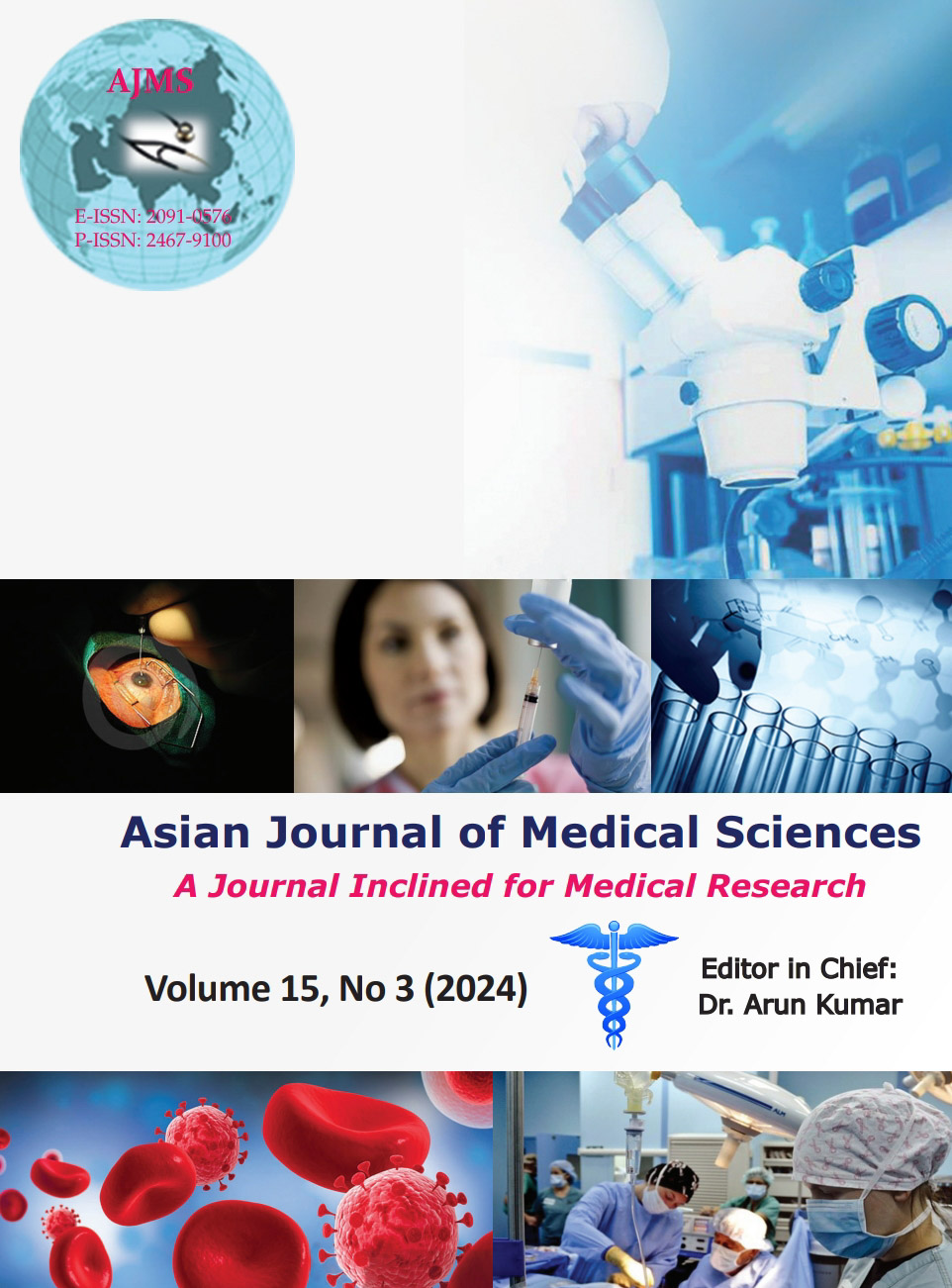Risk factor profile and extubation outcomes in critically ill patients. A single-center prospective observational study
Keywords:
Extubation; ICU; Mechanical ventilationAbstract
Background: The problem of extubation failure (EF) remains unexplored in low-resource settings, where predicting the extubation outcomes are more challenging.
Aims and Objectives: This study investigates the incidence of EF and its predictors among patients who received mechanical ventilation (MV) in a tertiary care intensive care unit (ICU).
Materials and Methods: This is a prospective observational study of 130 patients ≥18 years of age receiving MV for ≥48 h and tolerating spontaneous breathing trials in the ICU of a low-resource setting. We collected data on the baseline characteristics and clinical profiles. Patients were categorized into EF and extubation success (ES) groups. Multivariate logistic regression analyses were performed to identify independent predictors for EF. A p value of <0.05 is considered statistically significant.
Results: We included 130 patients, and 43 (35.3%) had developed EF. The identified predictors for EF: Moderate to copious secretions (adjusted odds ratio [AOR]: 3.426 [95% confidence interval [CI] 1.281–10.82]), age >60 years of age ([AOR]: 4.135 [95% CI 1.294–11.93]), and prolonged duration of MV ≥10 days ([AOR]: 4.571 [95% CI 1.392–15.33]).
Conclusion: Moderate to copious secretions, patients >60 years of age, and prolonged duration of MV ≥10 days were the best predictors of EF.
Downloads
Downloads
Published
How to Cite
Issue
Section
License
Copyright (c) 2024 Asian Journal of Medical Sciences

This work is licensed under a Creative Commons Attribution-NonCommercial 4.0 International License.
Authors who publish with this journal agree to the following terms:
- The journal holds copyright and publishes the work under a Creative Commons CC-BY-NC license that permits use, distribution and reprduction in any medium, provided the original work is properly cited and is not used for commercial purposes. The journal should be recognised as the original publisher of this work.
- Authors are able to enter into separate, additional contractual arrangements for the non-exclusive distribution of the journal's published version of the work (e.g., post it to an institutional repository or publish it in a book), with an acknowledgement of its initial publication in this journal.
- Authors are permitted and encouraged to post their work online (e.g., in institutional repositories or on their website) prior to and during the submission process, as it can lead to productive exchanges, as well as earlier and greater citation of published work (See The Effect of Open Access).




